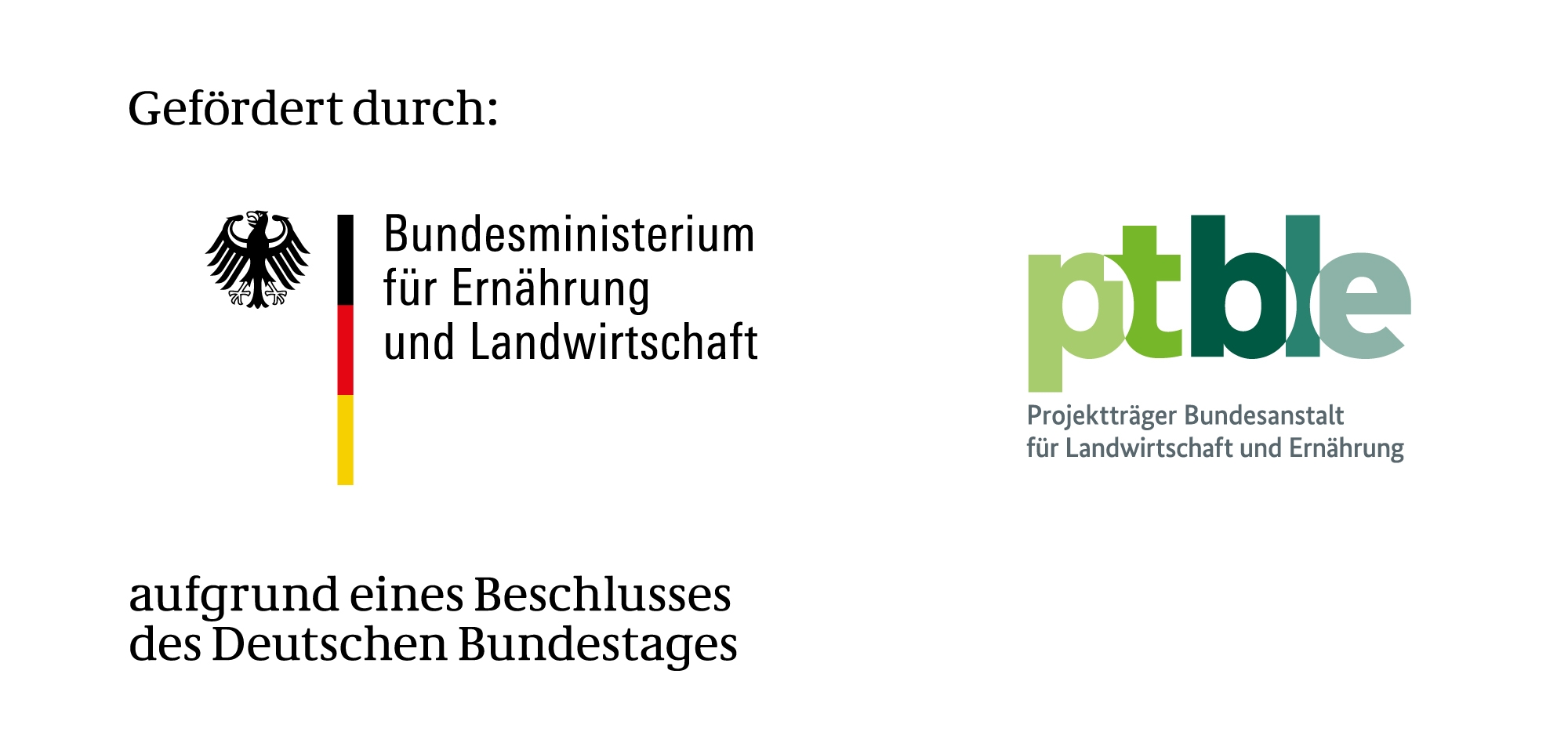PHID-Coleo
Plant Health Identification of Coleoptera
Morpholoical-moleculare identification of beetles in wood packing materials
Our project PHID-Coleo (= Plant Health Identification of Coleoptera ) has
the objective to develop new diagnostic tools for the identification of potentially invasive and economically important beetles that can be
found in wood packaging materials. The identification methods include classical identification keys based on morphological characters as
well as molecular methods based on DNA analysis by PCR (barcoding). The methods for species identification will be supplemented by
molecular analyses of introduced population to clarify within species variations. Such methods will make it possible to determine the
taxonomic relationship of samples from different areas and to draw conclusions about the introduction pathways, resulting in more efficient
monitoring of the invasive species and preventing their spread.
Recent examples for the introduction into Germany of wood-breeding beetles include the longhorn beetles Anoplophora glabripennis (Asian Longhorn Beetle)
and Aromia bungii (red-necked
longhorn beetle). These and other longhorn beetles pose a high risk of economic damage to trees and wood products. Smaller beetles like the
powderpost beetles from the families Bostrichidae and Lyctidae also
have the potentialfor causing considerable damage. These are often not identified adequately during inspections of wood packaging
materials, making it impossible to assess their risk for becoming invasive.
This project will aim at closing that gap.
PHID-Coleo will build a freely accessible database of relevant species which are potentially invasive, including morphological
characters and data on genetic identification. The database will be used by plant protection services as well as commercial services. In
addition, a printed identification key will be produced to enable the identification of beetle species, as well as to facilitate risk
analyses of newly introduced species. This is further important for organising a fast reaction to such introduction and prevent their
establishment and the resulting economic damage. The development of methods for analysing population structures is an additional aspect
which will be based on the Asian Longhorn Beetle as a suitable example. Knowledge about the genetical relationship of samples from
different locations will enable conclusions on the dynamics of spread of such species.
For
a basic dataset (i.e. insect samples) it is necessary to build a collaborative network of museums, plant protection services and
entomologists. For reinforcing the scientific exchange and to strengthen the network, additional contacts will be sought. We are offering
free workshops for beetle identification.
The Landwirtschaftliches Technologiezentrum Augustenberg (Center for Agricultural Technology Augustenberg / LTZ) in Karlsruhe and the University of Hohenheim collaborate in this project, incl. two PH.D. candidate students.
 |
Universität Hohenheim - Department of Livestock Population Genomics |
Contacting museums and phytosanitary services.
The project is supported by funds of the Federal Ministry of Food and Agriculture (BMEL) based on a decision of the Parliament of the Federal Republic of Germany via the Federal Office for Agriculture and Food (BLE) under the innovation support programme.

The list of the beetle species will be regularly updated during the project. We are cooperating with entomological experts and museums to include more relevant species.
Bostichidae /
Lyctidae
Cerambycidea
(Powderpost beetle)
(Longhorn beetle)
| Gattung | Art |
| Amphicerus | bimaculatus |
| Amphicerus | cornutus |
| Amphicerus | hamatus |
| Apate | geayi |
| Apate | monachus |
| Apate | terebrans |
| Bostrichus | capucinus |
| Bostrychoplites | cornutus |
| Bostrychoplites | zickeli |
| Bostrychopsis | jesuita |
| Bostrychopsis | parallela |
| Bostrychopsis | valida |
| Cephalotoma | singularis |
| Dinoderus | bifoveolatus |
| Dinoderus | brevis |
| Dinoderus | distinctus |
| Dinoderus | japonicus |
| Dinoderus | minutus |
| Dinoderus | ocellaris |
| Dinoderus | porcellus |
| Enneadesmus | obtusidentatus |
| Heterobostrychus | aequalis |
| Heterobostrychus | brunneus |
| Heterobostrychus | hamatipennis |
| Lyctoxylon | dentatum |
| Lyctus | africanus |
| Lyctus | brunneus |
| Lyctus | hipposideros |
| Lyctus | planicollis |
| Lyctus | cavicollis |
| Lyctus | discedens |
| Lyctus | simplex |
| Lyctus | sinensis |
| Micrapate | brunnipes |
| Micrapate | puncticollis |
| Micrapate | scabrata |
| Micrapate | xyloperthoides |
| Minthea | reticulata |
| Minthea | rugicollis |
| Minthea | squamigera |
| Octodesmus | parvulus |
| Phonapate | uncinata |
| Polycaon | stoutii |
| Prostephanus | truncatus |
| Rhyzoperta | dominica |
| Scobicia | chevrieri |
| Sinoxylon | anale |
| Sinoxylon | birmanum |
| Sinoxylon | ceratoniae |
| Sinoxylon | senegalense |
| Sinoxylon | sudanicum |
| Sinoxylon | crassum |
| Sinoxylon | flabrarius |
| Sinoxylon | unidentatum |
| Sinoxylon | sexdentatum |
| Tetrapriocera | longiconis |
| Trogoxylon | aequale |
| Trogoxylon | impressum |
| Trogoxylon | parallelopipedum |
| Trogoxylon | praeustum |
| Xylion | adustum |
| Xylion | inflaticauda |
| Xylobiops | basilaris |
| Xyloperthella | crinitarsis |
| Xyloperthella | picea |
| Xyloperthodes | nitidipennis |
| Xylothrips | falvipes |
| Xylothrips | religiosa |
|

